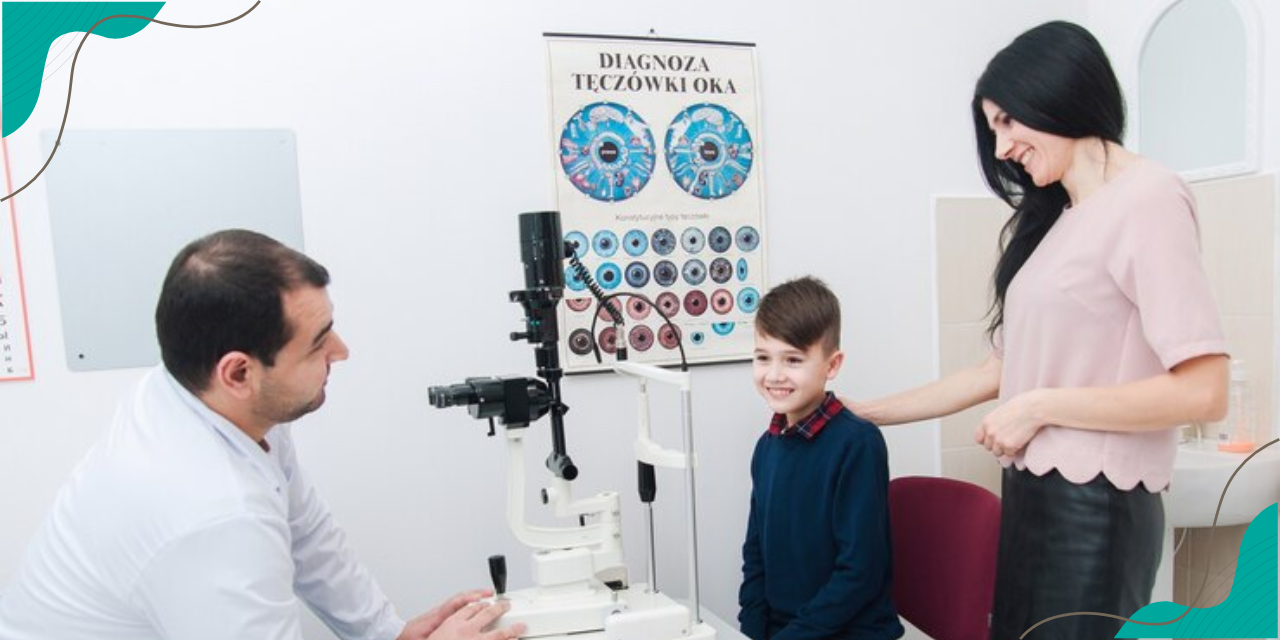Glaucoma is often termed the “silent thief of sight” due to its gradual onset and lack of noticeable symptoms until significant damage has occurred. Understanding this condition is crucial, especially in regions like Chandigarh, where access to specialized glaucoma treatment is essential for preserving vision.
What is Glaucoma?
Glaucoma refers to a group of eye diseases that damage the optic nerve, often linked to elevated intraocular pressure (IOP). This condition can lead to irreversible vision loss if not diagnosed and treated promptly. The two most common types of glaucoma are:
- Open-Angle Glaucoma: The most prevalent form, characterized by a gradual increase in eye pressure.
- Angle-Closure Glaucoma: A less common but more acute form that can cause sudden symptoms and requires immediate medical attention.
Risk Factors for Glaucoma
Understanding the risk factors associated with glaucoma is essential for early detection and treatment. Some of the most common risk factors include:
- Age: Individuals over 60 are at a higher risk.
- Family History: A family history of glaucoma increases your likelihood of developing the condition.
- Ethnicity: Certain ethnic groups, such as African Americans, are more susceptible to glaucoma.
- Medical Conditions: Conditions like diabetes, high blood pressure, and thyroid issues can increase the risk.
- Prolonged Use of Corticosteroids: Long-term use of corticosteroid medications can elevate eye pressure.
Symptoms of Glaucoma
One of the challenges in diagnosing glaucoma is that it often presents no symptoms until significant damage has occurred. Early signs can be subtle and may include:
- Gradual loss of peripheral vision
- Tunnel vision in advanced stages
- Blurred or cloudy vision
- Seeing halos around lights
If you exper0ience any of these symptoms, it is vital to seek medical attention promptly.
Glaucoma Treatment Options
The main goal of glaucoma treatment is to lower intraocular pressure and prevent further damage to the optic nerve. Treatment options include:
➺ Medications: Prescription eye drops are often the first line of defense. These medications help reduce eye pressure by improving the drainage of fluid from the eye or decreasing the amount of fluid produced.
➺ Laser Treatment: Laser procedures, such as selective laser trabeculoplasty (SLT) or argon laser trabeculoplasty (ALT), can enhance the drainage of fluid from the eye, thus reducing pressure.
➺ Surgery: In more advanced cases, surgical options may be considered. This can include procedures to create a new drainage channel or implant devices to assist with fluid drainage.
➺ Regular Monitoring: Once diagnosed, ongoing monitoring of intraocular pressure and optic nerve health is crucial for maintaining vision.
Importance of Early Detection
Early detection of glaucoma is vital for effective management. Regular eye exams can help identify the condition before significant damage occurs. In Chandigarh, facilities like Neeraj Eye Hospital offer comprehensive glaucoma testing, including:
- Intraocular pressure measurement
- Visual field tests
- Optic nerve evaluation
These tests are crucial for establishing a diagnosis and determining the most appropriate treatment plan.
Conclusion
Understanding glaucoma and recognizing its risk factors, symptoms, and treatment options can significantly impact the quality of life for individuals at risk. Regular eye exams are essential for early detection and treatment. If you or someone you know is concerned about glaucoma, it is crucial to consult an eye care professional.
For expert glaucoma treatment in Chandigarh, consider reaching out to Dr. Neeraj Sood at Neeraj Eye Hospital. Early detection and treatment can make all the difference in preserving your sight. For more information, please contact us at +911725078320.













